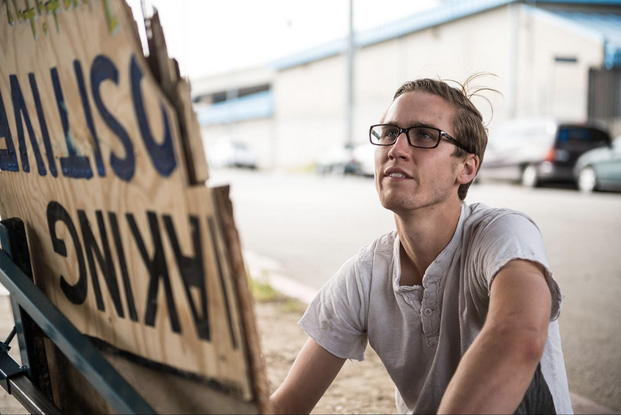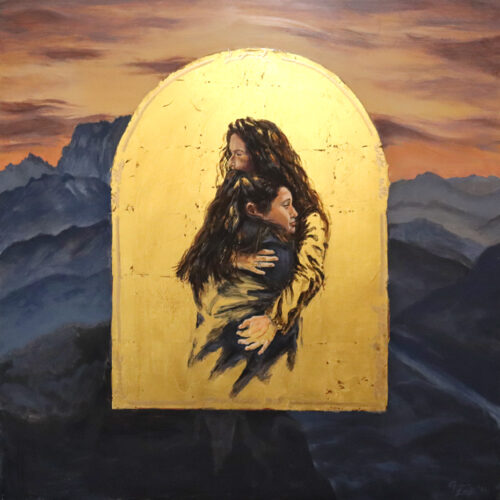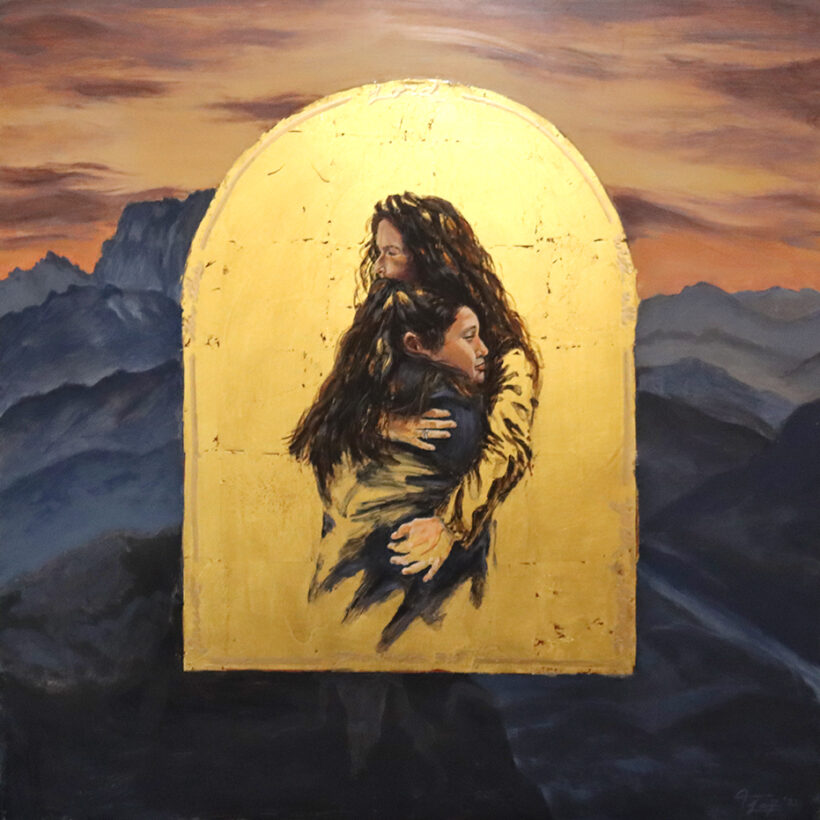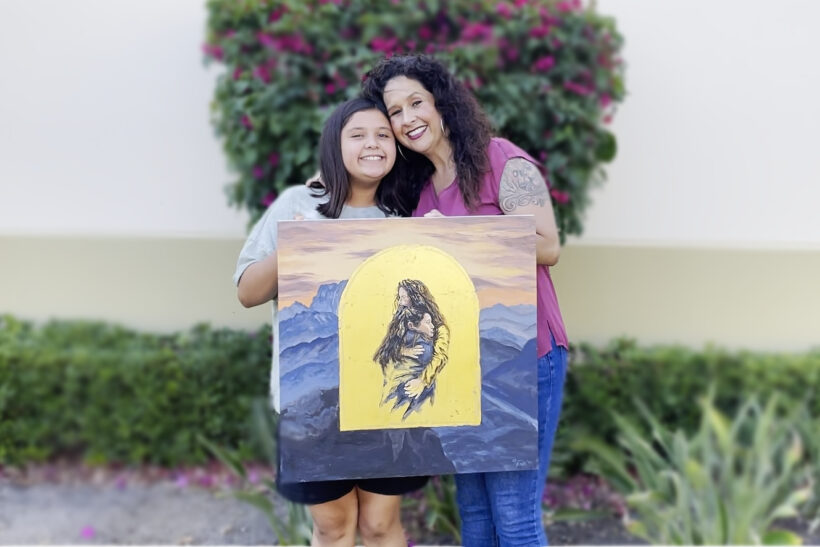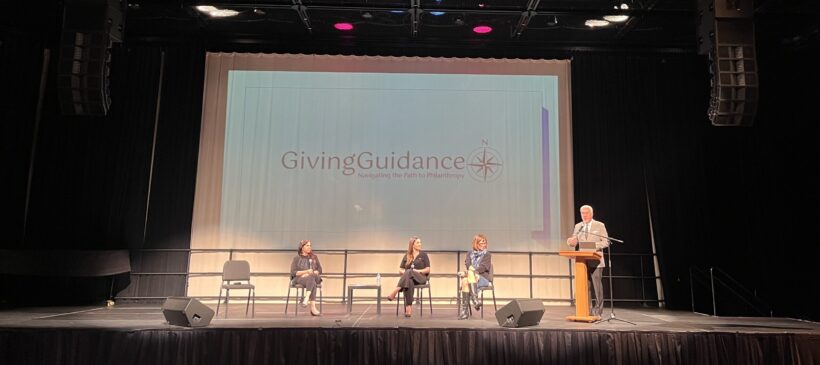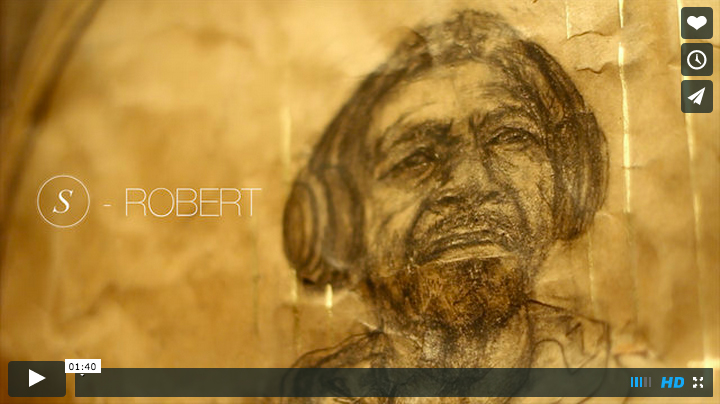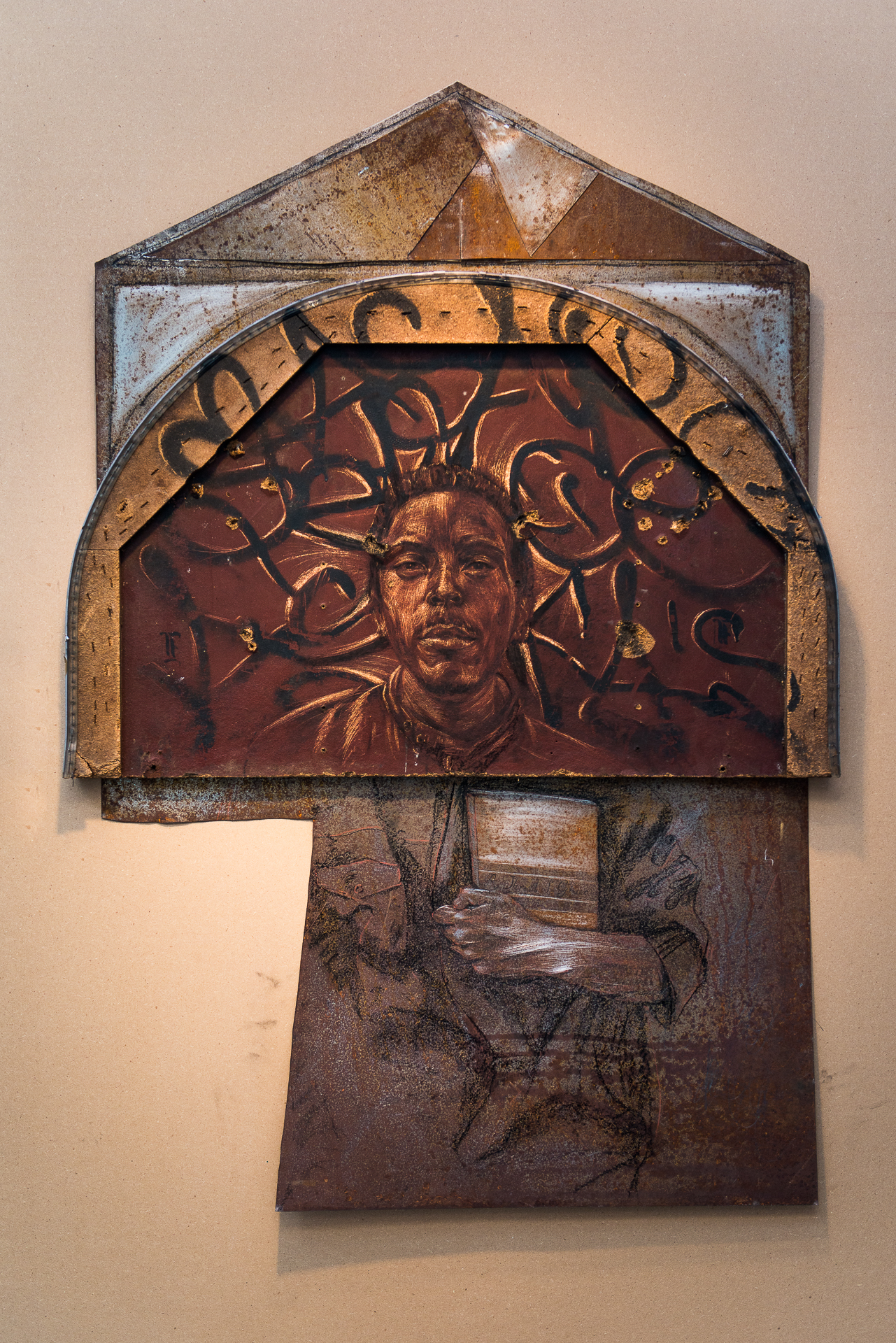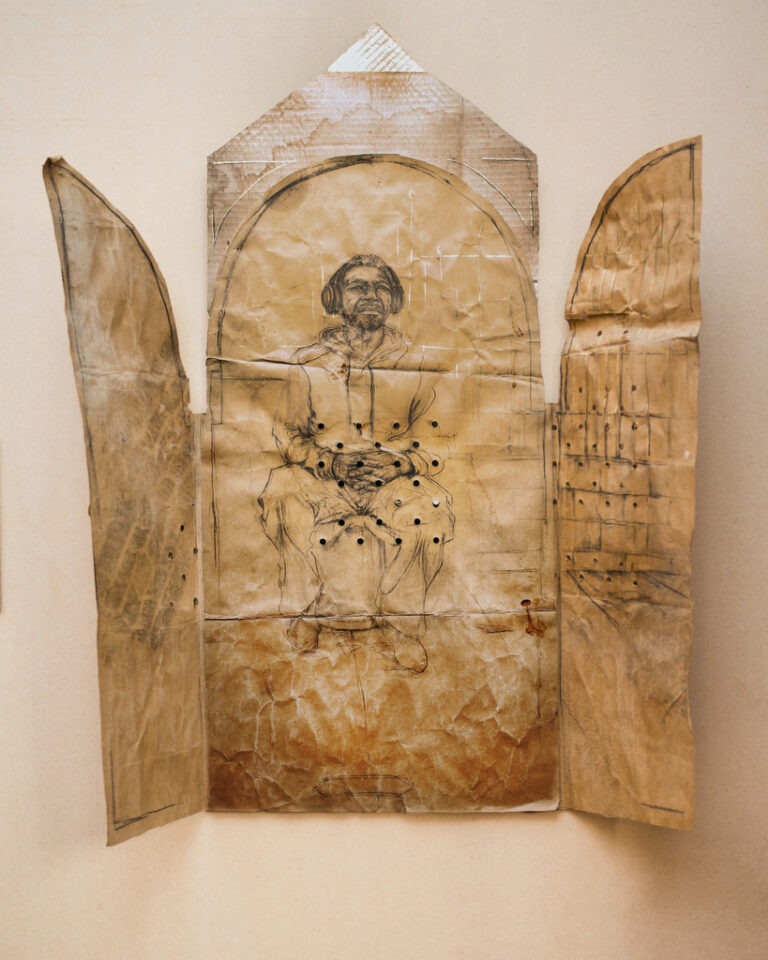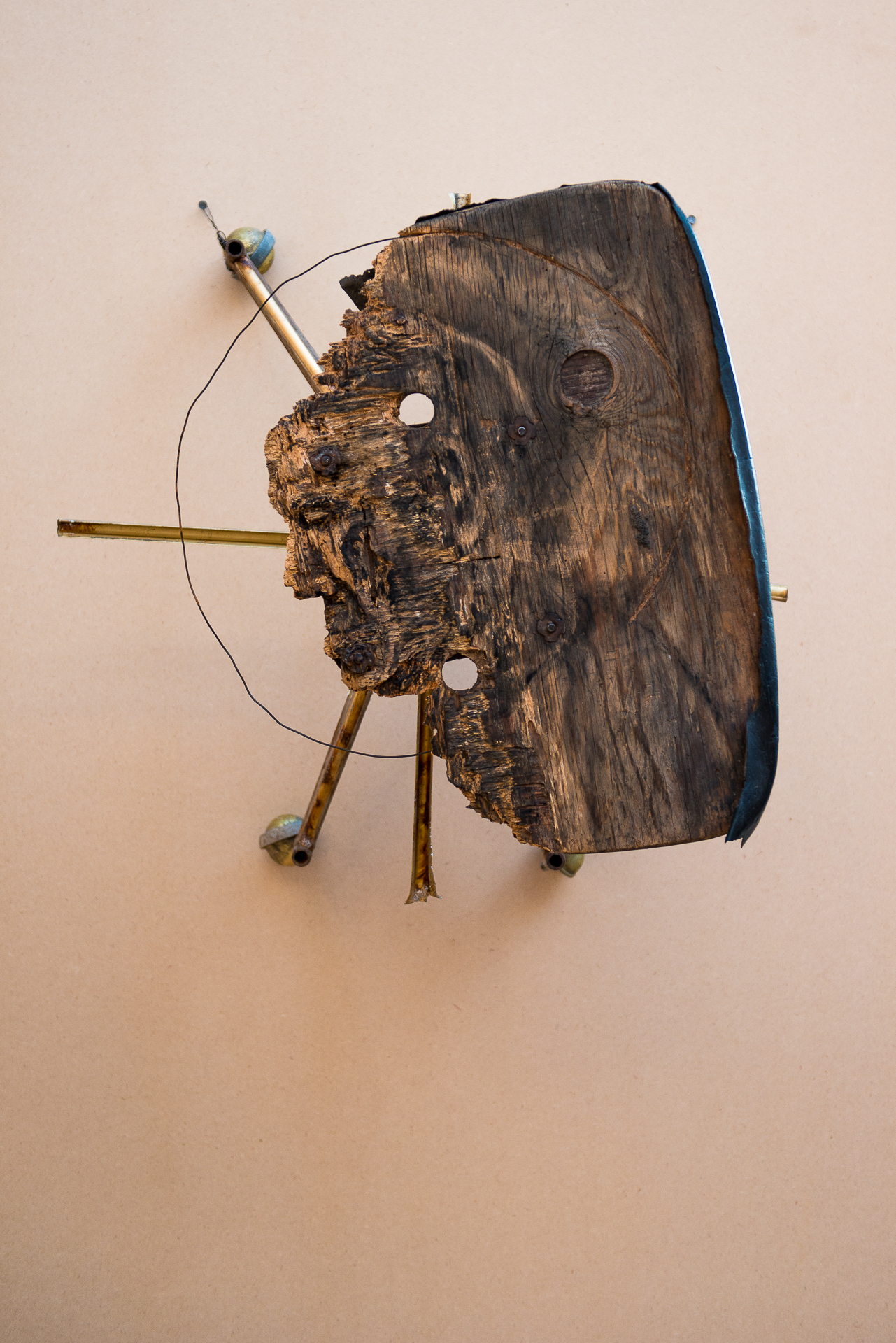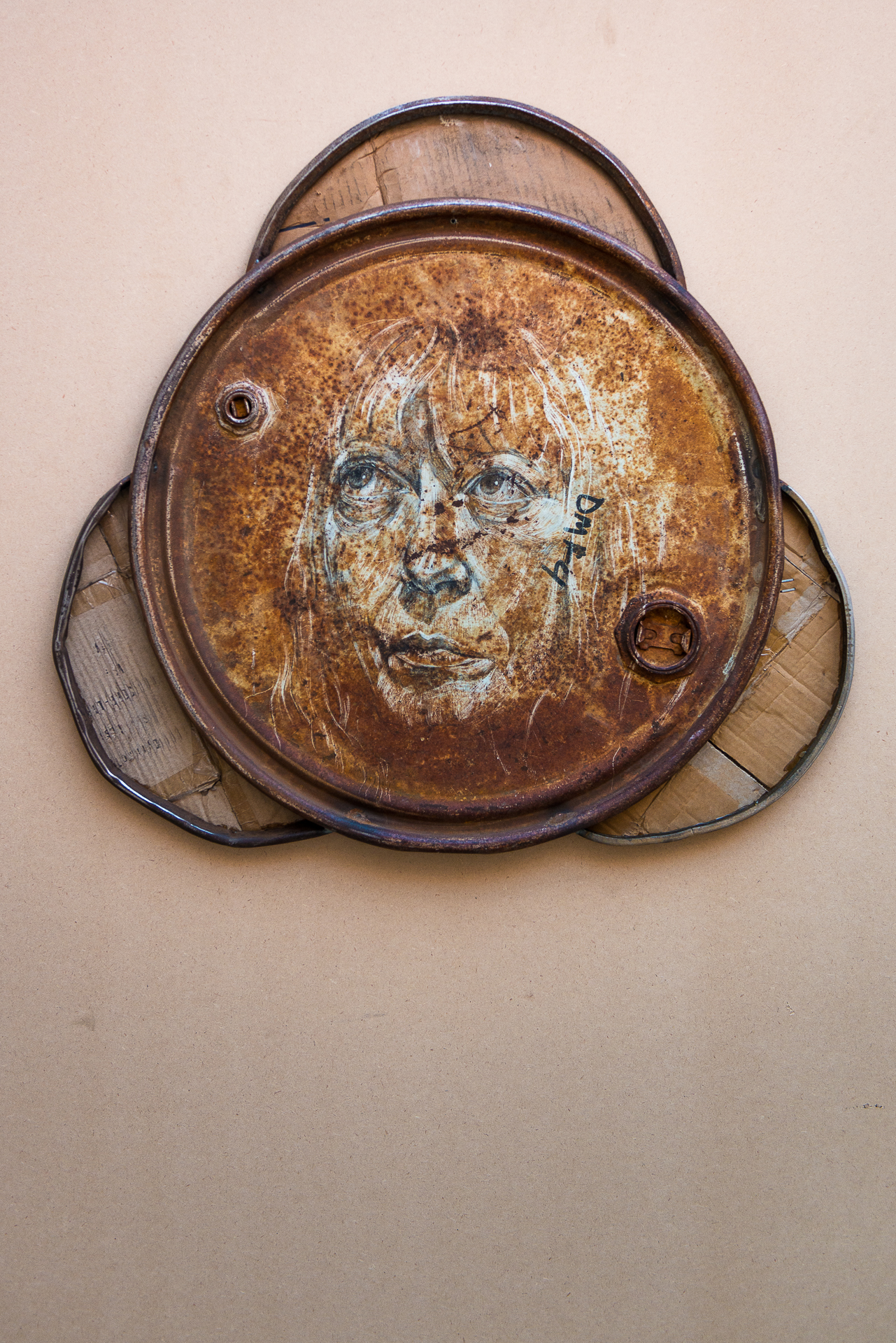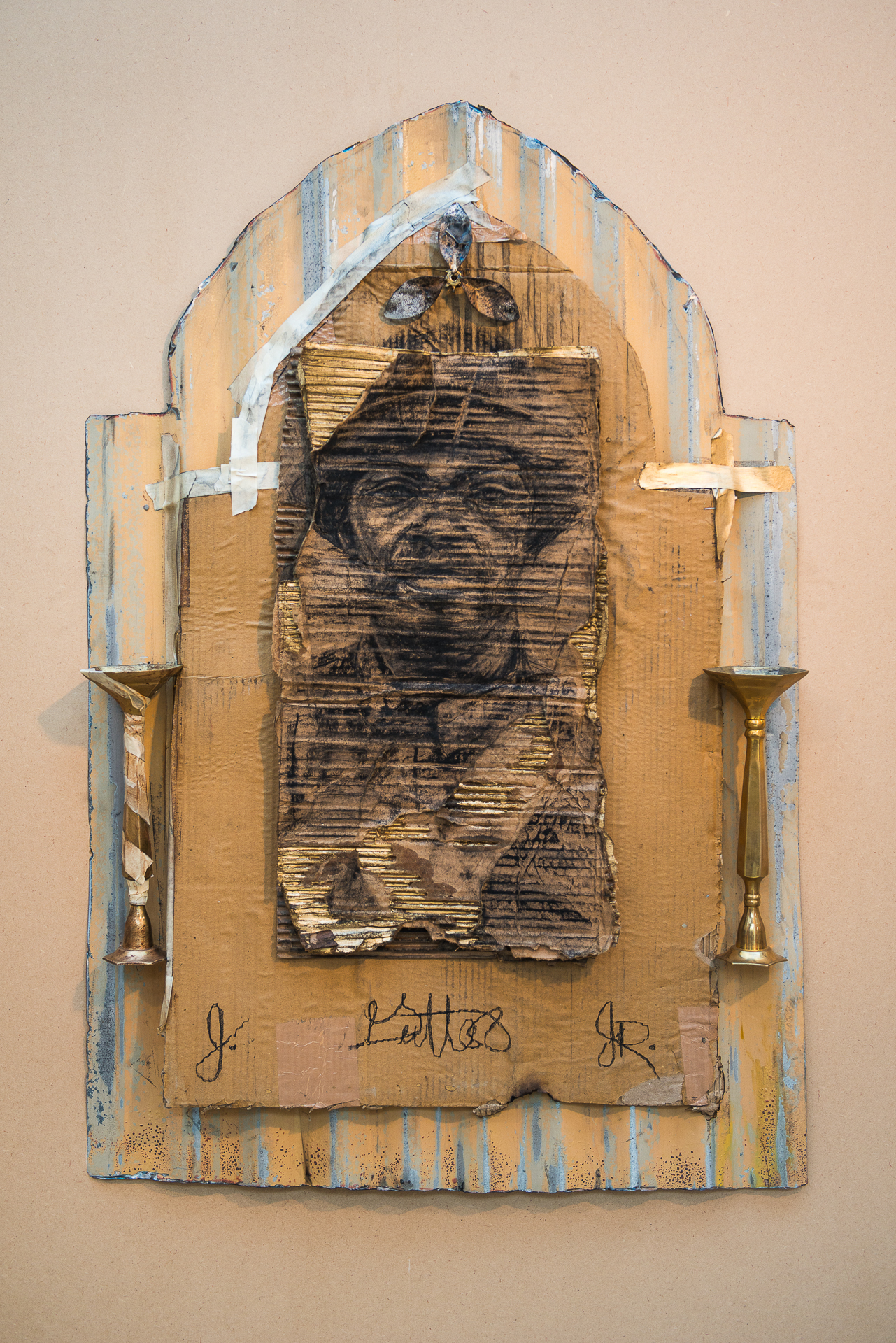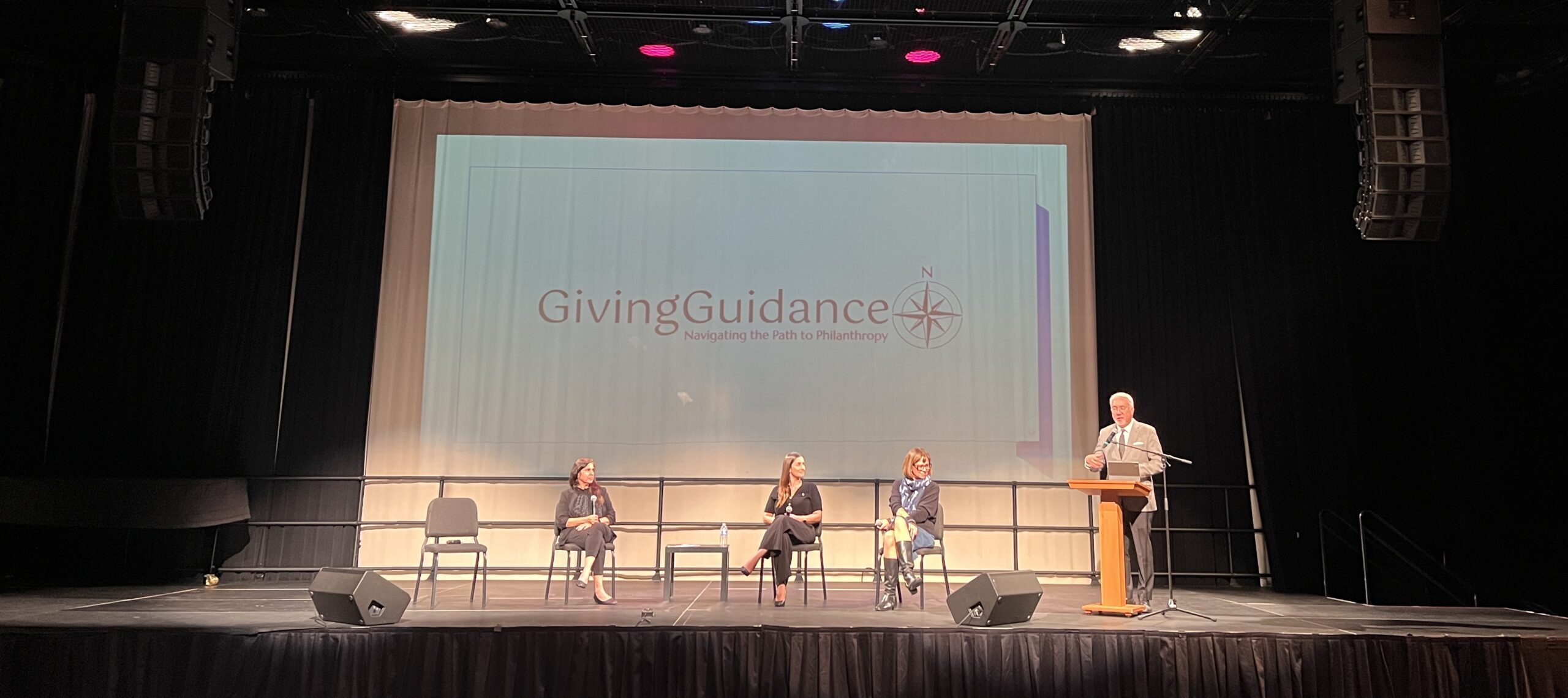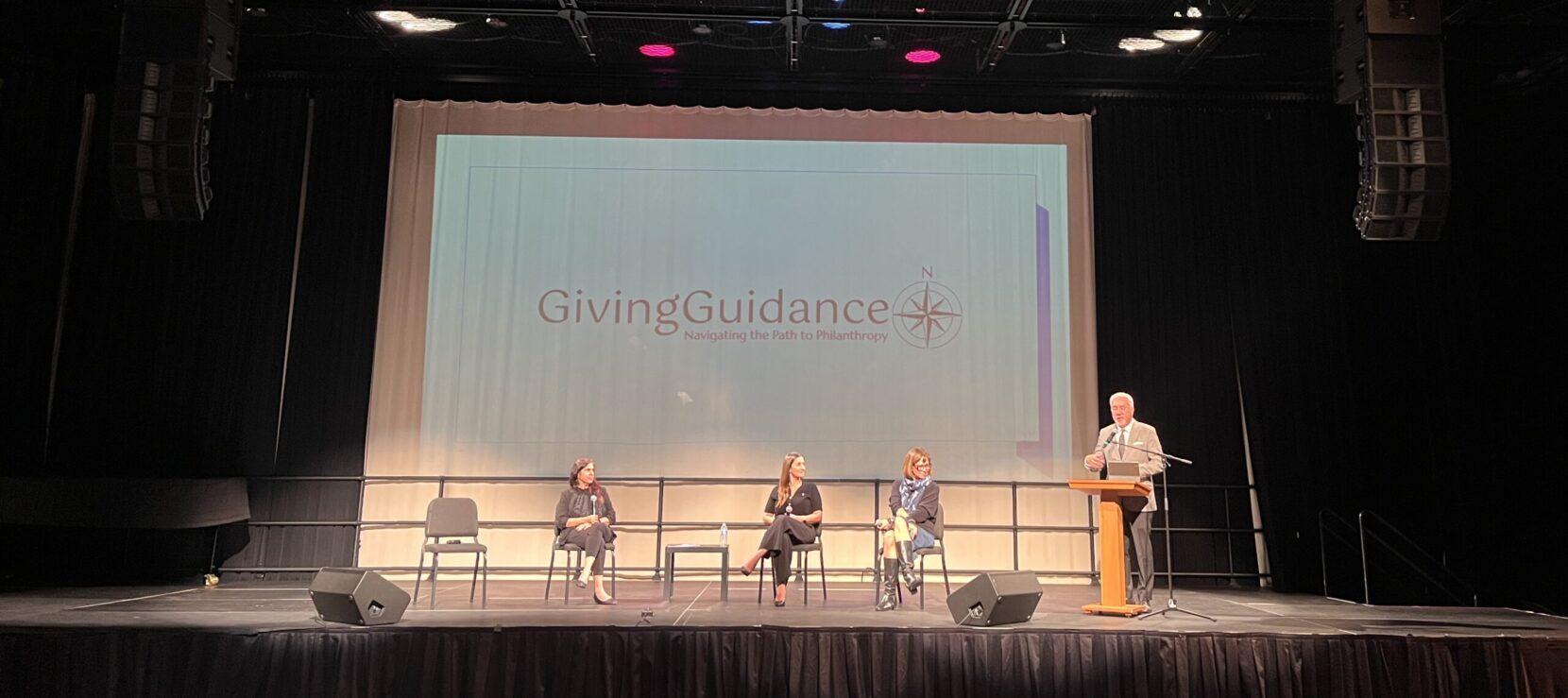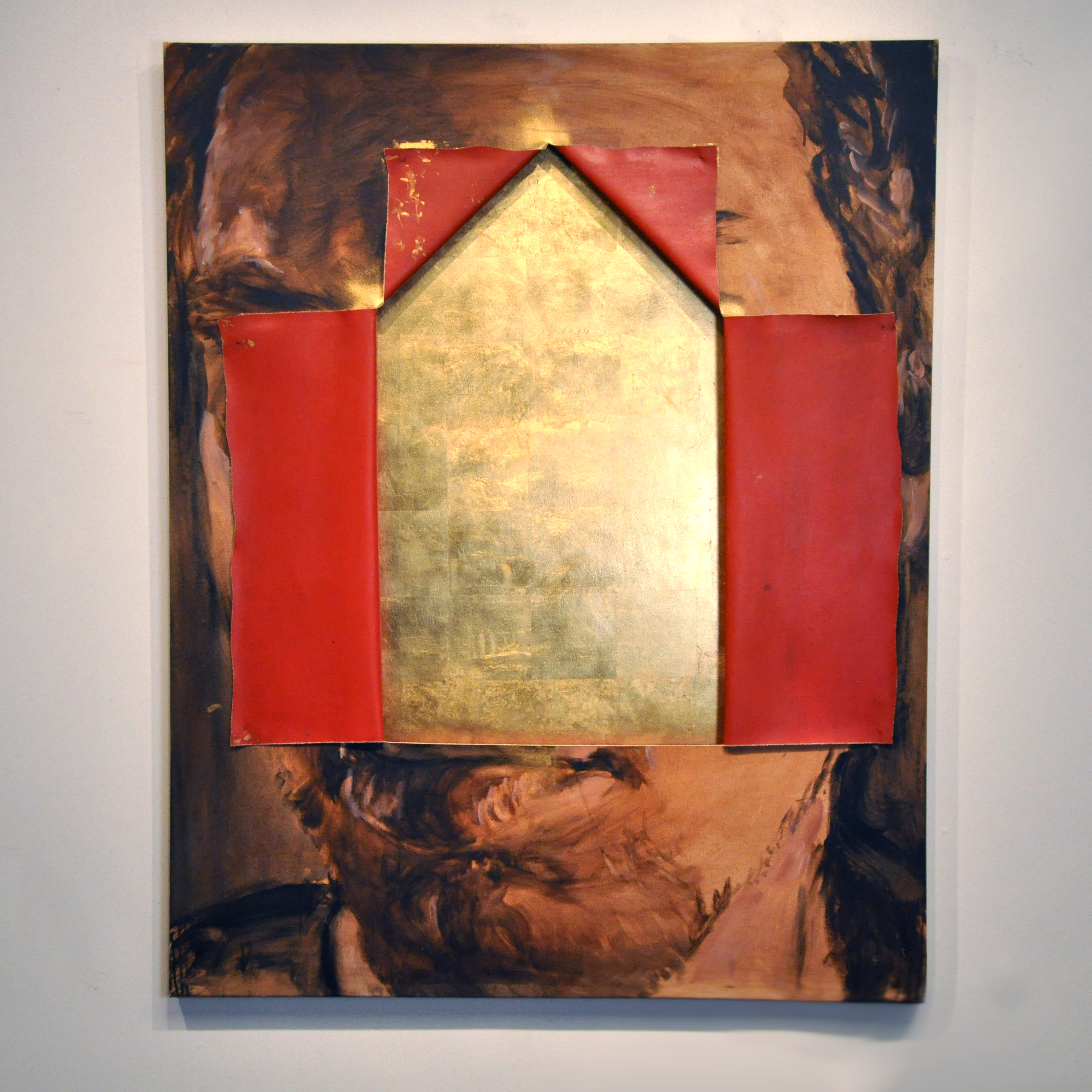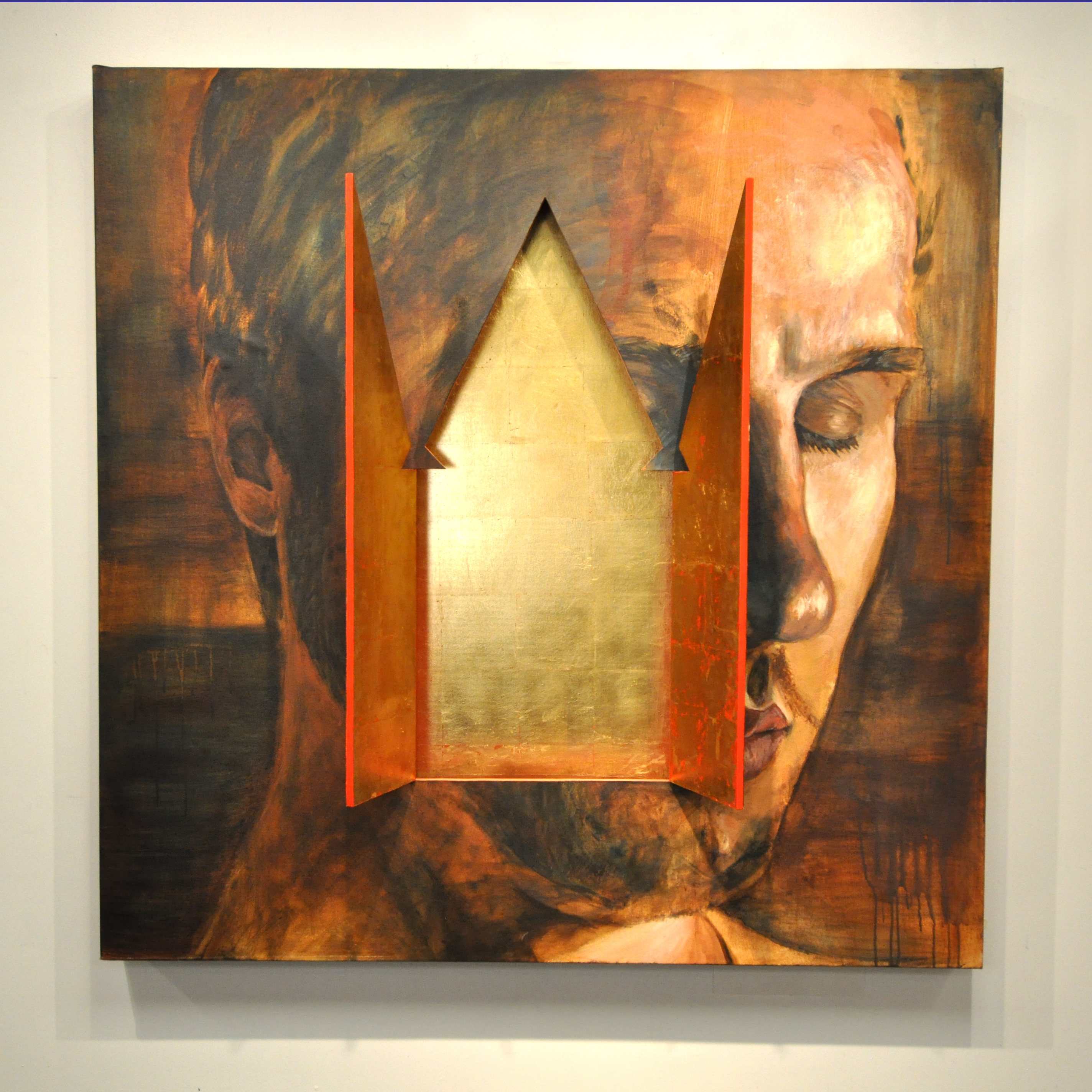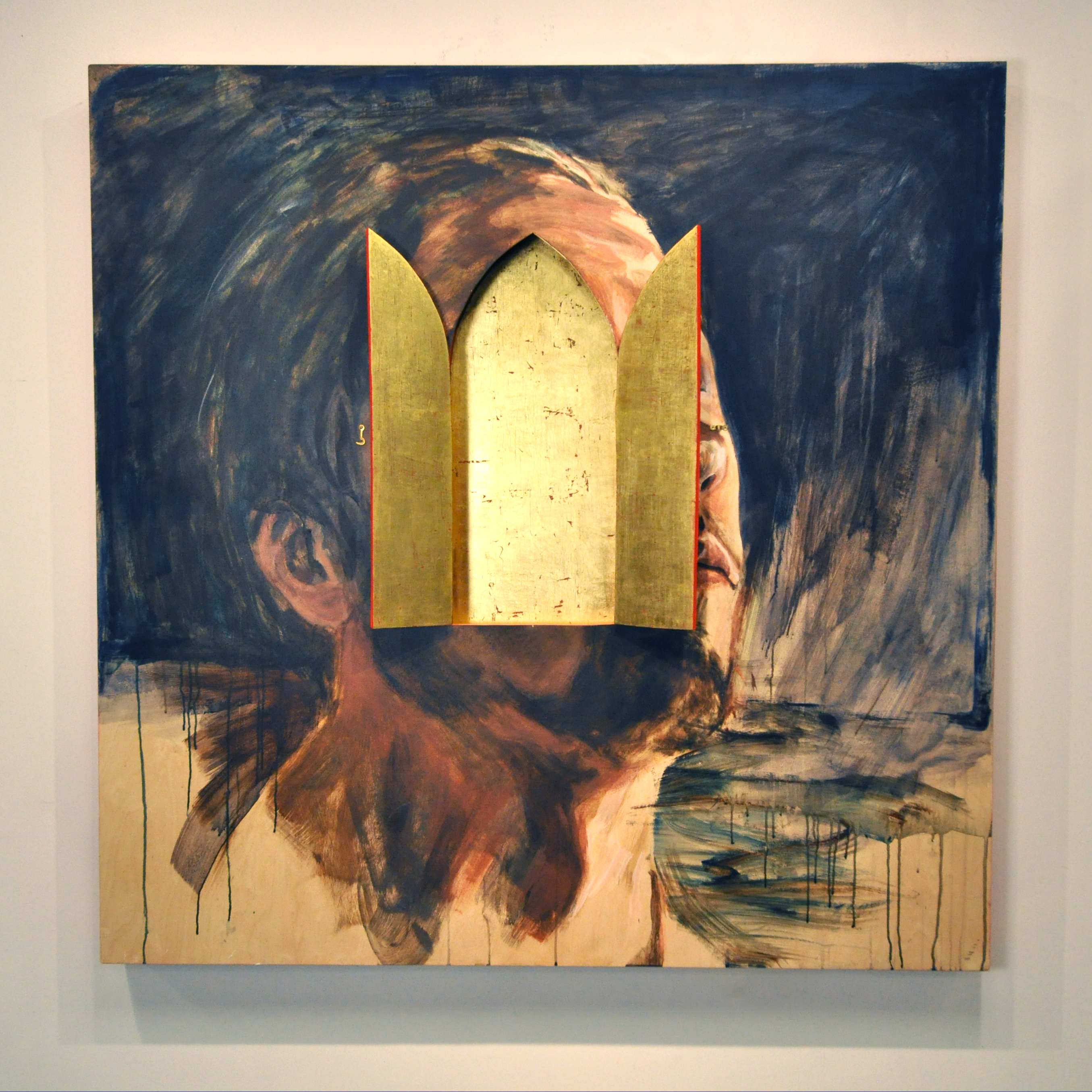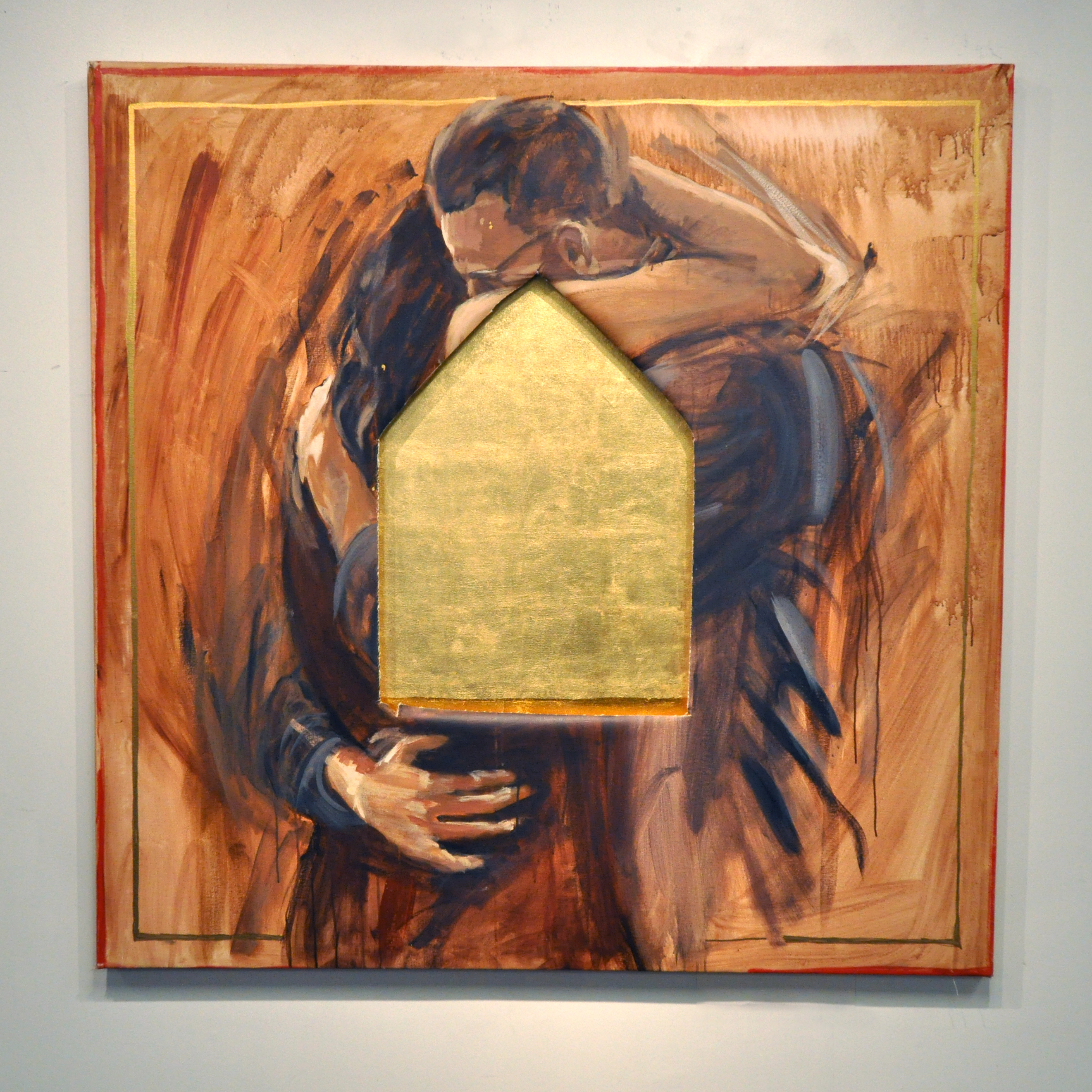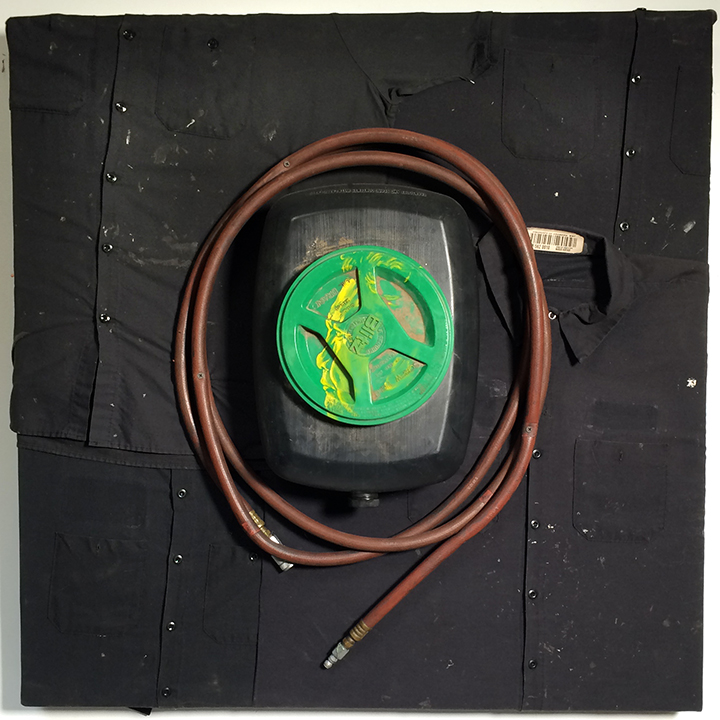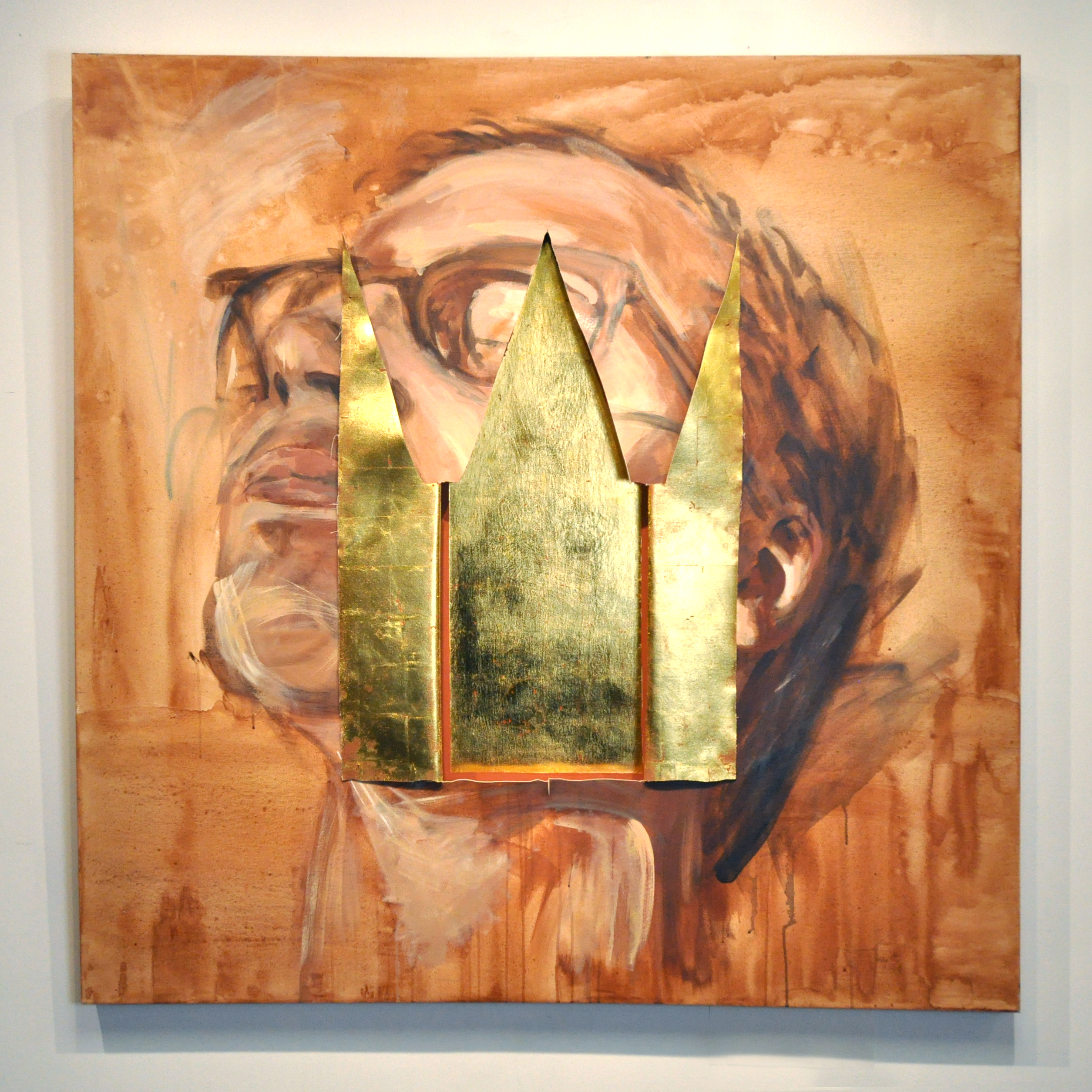So, how did I get started with all this?
When I was very young, I remember my dad’s nickname for me: “light in dark places.” However, in my early years I let myself fall silent and unseen. It was not until my mid-teens that I understood my true identity as God’s beloved son, called out of the shadows into the light. I became compelled to find ways to connect with people who felt stuck in the shadows like I did.
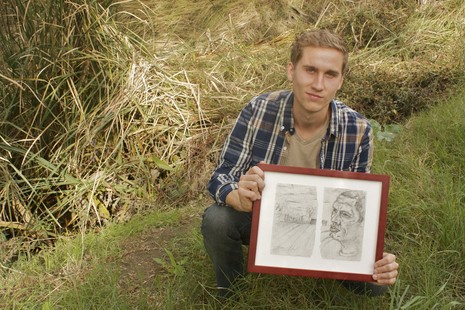
Just before entering college, I was wrestling over my life’s calling. I wondered about my gift of making portraits and my love for connecting to people cross-culturally. Would I choose to be an artist or a social worker? Art or people? As I struggled over this dichotomy, the Spirit gave a wonderful answer. “You can do both.” With that very word, I received a rush of images in my mind of making portraits with people as a way to show love and connect. I have been pursuing this integration ever since.
I started to use my love of creating portraits to connect with people I met living on the sidewalk near my college. I saw immediate impact. After some time spent with Steve and making his portrait he told me, When I’m with you, I feel human again.” After this I took my materials to Skid Row knowing I had to make more relational portraits.
These relational portraits matter because they affirm the value of a person’s identity—in a way they never forget. A tangible vision of their value that never changes.
That same year, I started using recycled objects as the canvas—another layer to communicate the story of restoration.
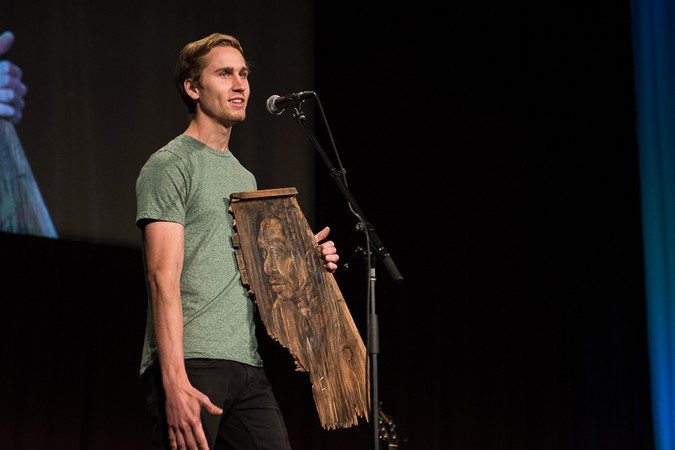
My life’s contribution continues to lead back to portraits of people who are unseen in our society. I’ve seen people rescued from life on the streets because of sitting for their portrait. So, I’ve dedicated my career to this vision.


